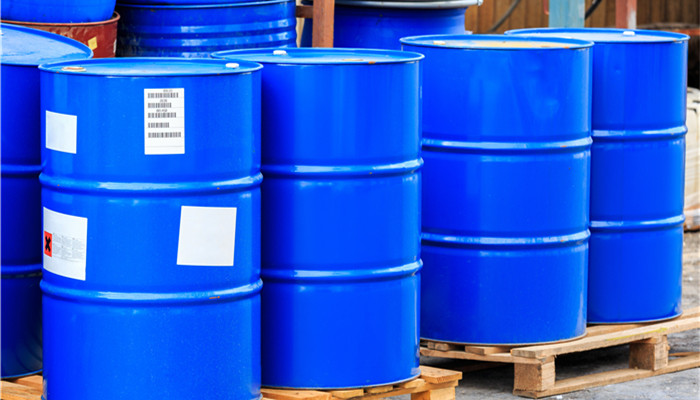
Ultra-low ash polypropylene has a narrow application range and there is room for import substitution in the Chinese market
Ultra-low ash polypropylene is one of the high-end polyolefin products, with an ash content within 0.005. Ash is an important performance indicator of polypropylene. It mainly comes from raw material impurities and impurities remaining in the main catalyst, cocatalyst, electron donor and other materials used in the polymerization process.
High-end polyolefins have high technical content and high comprehensive product performance, and are mainly used in high-end markets. The development of high-end polyolefins can improve the technical strength, core competitiveness, and profitability of the petrochemical industry. As downstream industry technologies continue to upgrade and application fields continue to expand, my country’s market demand for high-end polyolefins continues to grow, driving the expansion of my country’s high-end polyolefin industry. Ultra-low ash polypropylene, as one of the high-end polyolefin products, has also attracted attention.
Polypropylene has a wide range of ash sources and is difficult to control, so the technical barriers to ultra-low ash polypropylene are high. At this stage, there are two main production processes for ultra-low ash polypropylene. One is to use a special catalyst. This process requires high corporate catalyst research and development capabilities. The other is to change the washing method. This process is relatively difficult, but difficult to produce. Product with very low ash content.
Globally, ultra-low ash polypropylene manufacturers are mainly South Korea’s Dahan Petrochemical, Austria’s Borealis, and Singapore’s TPC, which are in an absolutely dominant position in the global market. After continuous development, the number of ultra-low ash polypropylene manufacturers in my country has gradually increased, mainly including Zhongyuan Petrochemical, Dushanzi Petrochemical, Yangzi Petrochemical, North Huajin, Zhenhai Refining and Chemical, etc. However, at this stage, my country’s independent supply capacity of ultra-low ash polypropylene is still insufficient, and more than 90% of demand relies on imports.
According to the “China Ultra-Low Ash Polypropylene Industry Market In-depth Research and Development Prospects Forecast Report 2023-2028” released by the Industrial Research Center It shows that ultra-low ash polypropylene can be used in battery separators, capacitor films, baby products, household appliances and other manufacturing fields. Among them, battery separator applications account for the largest proportion, reaching about 56%; followed by capacitor film, accounting for 35%; applications in other fields account for 9%. In terms of battery separators, ultra-low ash polypropylene is mainly used in the manufacture of lithium battery dry separators. In 2022, among my country’s lithium battery separator shipments, wet separators will account for 79% and dry separators will account for 21%. Lithium battery wet separators have more competitive advantages, and the development space of ultra-low ash polypropylene in the field of battery separators is shrinking.
Industry analysts said there is still demand for dry-process separators for lithium batteries, and there is still room for development of ultra-low ash polypropylene in the field of battery separators. , the demand in the field of capacitor film is relatively stable, while the demand for applications in other fields is small. Generally speaking, ultra-low ash polypropylene still has market prospects in the future, but due to the squeeze of lithium battery wet separators, demand is likely to shrink. The development space for my country’s ultra-low ash polypropylene enterprises is mainly import substitution space, and the industry should not blindly expand production capacity.

 微信扫一扫打赏
微信扫一扫打赏

